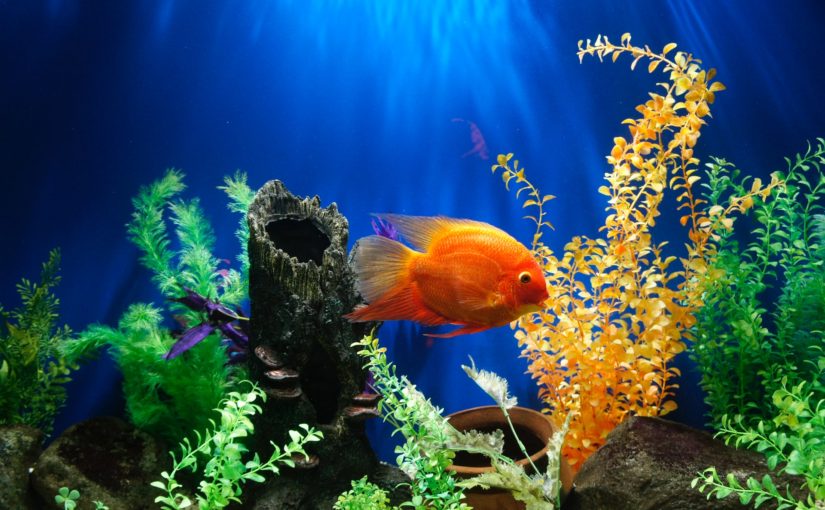According to Youth For Wildlife, every 20 minutes, we lose at least 27000 entire species of plants or animals. Less than 1% of African elephants exist today that existed in 1930. Here are some more important facts about animal conservation:
- There are 10 – 15 thousand lions in the wild in Africa. A decade ago, there 50 thousand.
- Only 2700 rhinos are left on the African continent.
- 90% fewer cheetahs exist today than in 1900
- According to the WWF Living Planet Report, there was an overall decline in wildlife population of 60% from 1970 to 2014.
These are just a few numbers. Humans are clearly having a negative impact on plant and wildlife species. The world needs more people who understand wildlife conservation, and who have the skills to make a difference.
Any person, at any time, can choose to learn about wildlife conservation. They can also choose to use those skills in a variety of capacities to make a difference. However, college students are in a particularly powerful position. That’s why all university students should make an effort to become active in wildlife conservation.
There is No Better Time Than Now to Study Wildlife Conservation
If you are moved to learn more about conservation and to work to make some difference, now is the perfect time to get involved. As a college student, you have holiday and summer breaks, and likely have fewer obligations than you will in a few years. You’re also open-minded, and an enthusiastic learner.
Continue reading Why Every Student Should Study Wildlife Conservation in University







